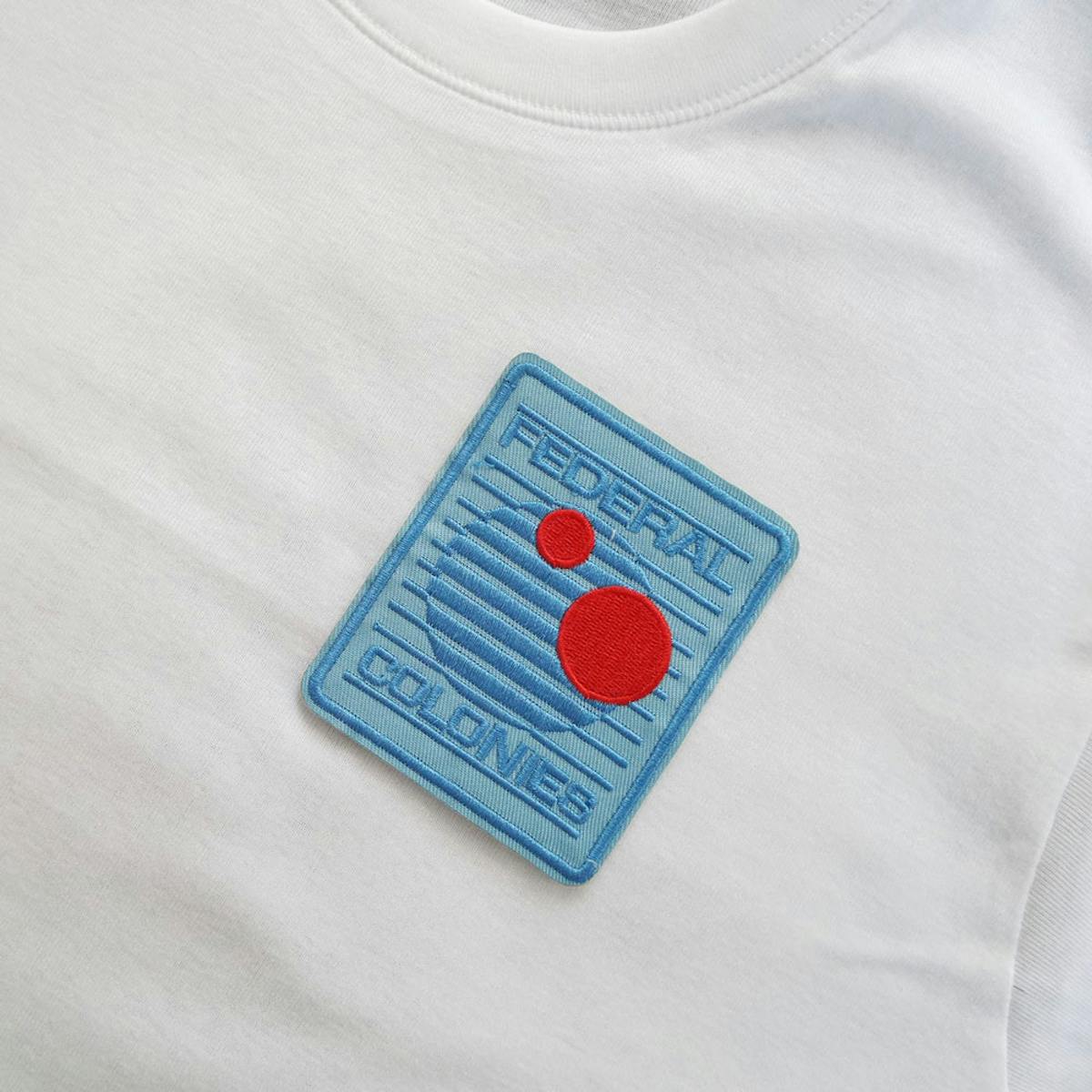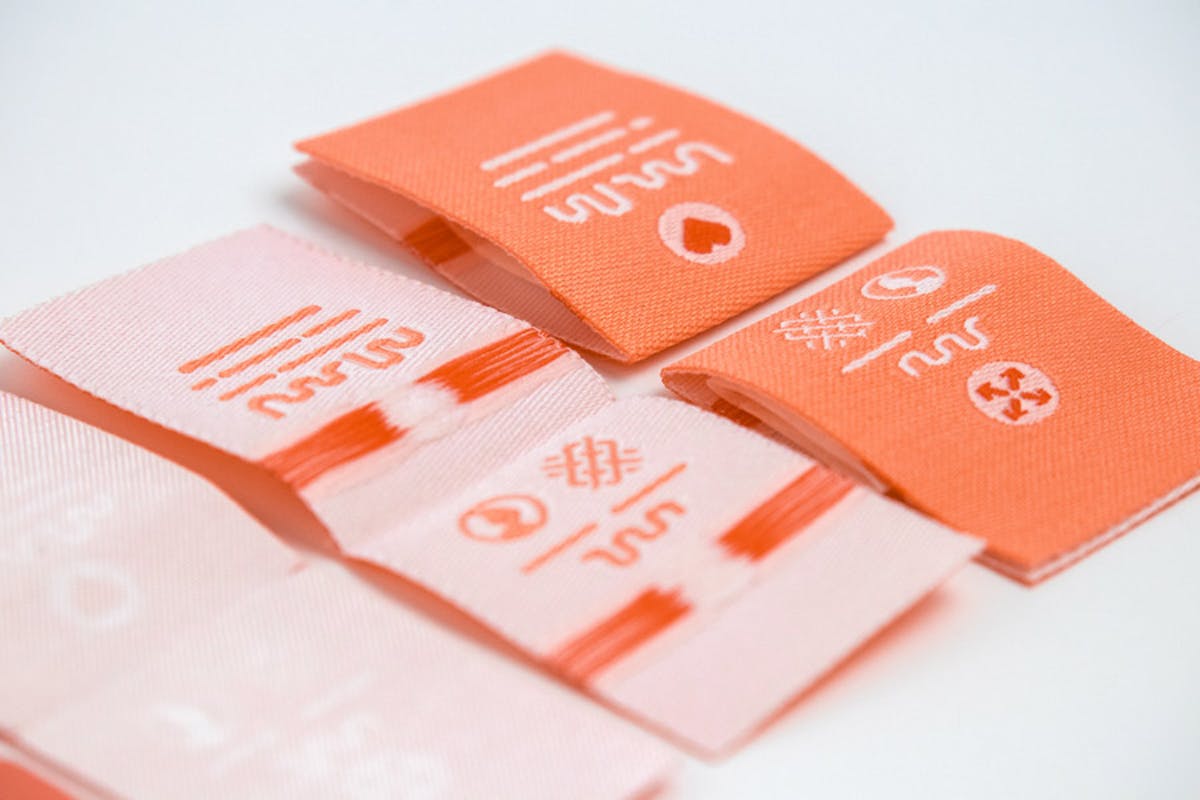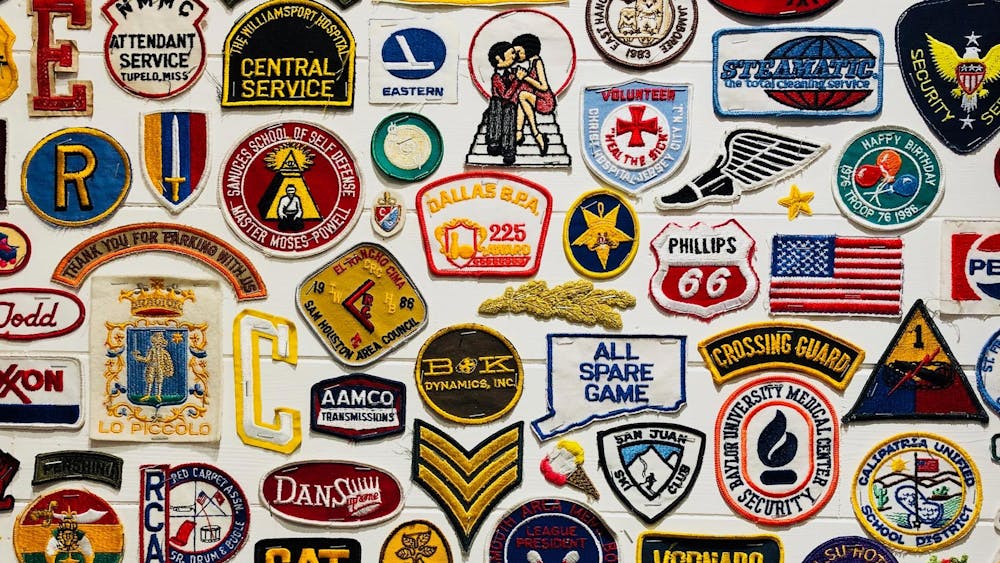Here at Dutch Label Shop we often get asked about the differences between embroidered and woven patches and labels. From a glance, they might be mistaken for one another, but really, the entire production process and outcome is actually very different. Once familiar with the characteristics of each, you will be able to quickly tell them apart, helping you to decide which one suits best.

Embroidered vs Woven Patches
Embroidery and weaving are frequently employed techniques to embellish garments or accessories with designs or patterns. Both methods utilize yarn to depict the design, ensuring longevity and superior quality. However, this is about where the similarities stop. Read on to find out more about the differences in our patches.

Weaving And Woven Patches
Weaving is a way to produce textiles, where two sets of yarns, called the warp and weft yarns, are interlaced at right angles to create a length of fabric. This process is done on a loom. The loom keeps the warp yarns taut and parallel with each other while the weft yarns are passed through them, (over and under), either by hand or with a device called a shuttle.
A woven label and woven patch is made on a jacquard loom that weaves polyester or cotton threads together to produce your desired design. It is the optimal choice for producing complex and detailed patterns that appear on the surface of the fabric during the weaving process. This makes woven patches an excellent choice for any branding as they add a luxurious look to names, logos and simple images.

Embroidery and Embroidered Patches
Embroidered patches are made by stitching a design onto a pre-existing piece of cloth using needles, threads, and speciality stitches. A merrowed border is then usually added to the outer edges of a patch, completing its look and deter fraying. While manual embroidery used to be common, involving artists meticulously stitching designs into fabric, contemporary embroidery is predominantly machine-based. Advanced industrial embroidery machines can swiftly convert intricate artworks into completed embroidered patches within minutes, resulting in a timeless and conventional aesthetic.
Embroidery is not often used as a method for making clothing labels and is better suited for embellishments on the exterior of an item, like a patch or logo on a uniform or jacket. This technique entails increased production expenses and stricter design constraints in contrast to woven labels. Consequently, embroidery ideas are frequently substituted by the more adaptable woven labels, which offer a similar appearance and texture but are generally more appropriate for crafting a clothing label.
The Differences Between Embroidered and Woven Patches
There are clear differences between Woven and Embroidered Patches. Woven patches are made by weaving thin yarns close together on a loom, creating a smooth and soft finish. This method makes it possible to process many details and colors, because the threads used are much thinner than embroidery threads. This makes the technique ideal for converting highly detailed designs into a label or patch. In addition, woven patches are very flexible, making them durable for the future.
Embroidered patches are sewn onto a base fabric, making them thicker and more textured, resulting in a three-dimensional and textured appearance. They are suitable for simpler designs, as the thick wires have difficulty reproducing fine details and small texts. Embroidered patches are very durable and therefore perfect for attaching to the outside of uniforms that need to withstand harsh weather conditions.

Embroidered versus Woven Patches: Which enhances your design more effectively?
The selection between a woven and embroidered patch primarily relies on the design, the level of detail desired, and the intended use. Opt for a woven patch with a sleek surface if your design features intricate details and small text, and if a smooth and comfortable finish is crucial. Conversely, if you lean towards a classic appearance with fewer details and thicker borders, an embroidered patch may be more suitable.
If distinguishing between an embroidered and woven patch proves challenging, feel free to reach out to us. We are prepared to assist you in selecting the optimal choice for your design.













